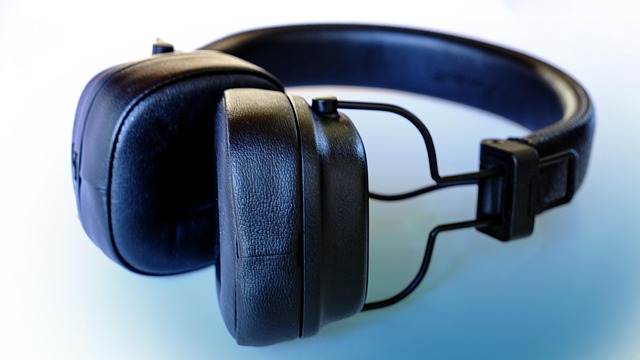Common WAP cabling challenges include poor connectivity, signal degradation, and intermittent dropouts caused by loose connections, corrosion, and aging cables. Regular maintenance, such as visual inspections and hardware updates, is crucial for optimal performance. Structured troubleshooting methods, proactive measures like detailed records, and regular cleaning prevent future issues. Choosing experienced WAP installation services with comprehensive testing and support ensures robust wireless networks for both residential and enterprise settings.
Experiencing WAP cabling issues? This comprehensive guide delves into the heart of common problems, their root causes, and effective troubleshooting methods. From field diagnostics to best maintenance practices, we equip you with essential tools for seamless network operations. Additionally, discover key factors in selecting reputable WAP installation services, ensuring optimal performance and long-term reliability. Enhance your knowledge and streamline networking with these expert insights.
Common WAP Cabling Problems and Their Causes
Common WAP Cabling Issues and Causes
One of the most frequent problems with WAP (Wireless Access Point) cabling is poor connectivity, often characterized by intermittent signal dropouts or slow network speeds. This issue can be attributed to several factors, including faulty cables, incorrect wiring configurations, or even environmental interferences such as physical obstacles or electromagnetic noise from neighboring devices. Regular maintenance checks that involve inspecting the physical integrity of the cables and verifying proper connections at both ends are crucial for addressing these problems.
Another common WAP cabling problem is signal degradation over time, which can lead to reduced network coverage and performance. This issue typically arises due to loose connections, corrosion on contacts, or aging cables that have lost their flexibility and ability to transmit signals effectively. Utilizing high-quality replacement cables and ensuring regular maintenance routines, including tightening connections and replacing worn-out components, are essential for WAP installation services to maintain optimal network functionality.
Step-by-Step Troubleshooting Guide for Field Diagnostics
When troubleshooting WAP (Wireless Access Point) cabling issues, a systematic approach is key. Start by visually inspecting all cables for any visible damage or loose connections. Next, use a multimeter to check for power supply to the WAP and verify signal strength using a Wi-Fi analyzer. If initial checks reveal no obvious problems, proceed with more advanced diagnostics.
For field diagnostics, begin by resetting the WAP to its factory settings and reconfiguring it according to network standards. Test connectivity again and monitor for any error messages or unusual behavior. If issues persist, consult the WAP manufacturer’s troubleshooting guides or seek support from professional WAP installation services. Regular maintenance, including software updates and periodic hardware checks, can prevent future cabling problems.
Best Practices for Effective Maintenance and Prevention
Regular maintenance is key to ensuring optimal performance from your Wireless Access Point (WAP) cabling system. Best practices include routine checks for physical damage, loose connections, and proper cable labeling to streamline troubleshooting. Regular cleaning around WAP devices prevents dust buildup, which can affect signal strength.
Proactive measures such as keeping detailed records of WAP installation services, cable runs, and configurations facilitate faster issue resolution. Upgrading firmware and staying informed about the latest security patches from manufacturers also contributes to a robust network infrastructure. Additionally, implementing a structured cabling layout reduces clutter, making it easier to identify and rectify any potential problems promptly.
Selecting Reliable WAP Installation Services: Key Factors
When selecting WAP installation services, several key factors come into play to ensure reliable and efficient networking. First and foremost, experience and expertise are paramount. Look for providers who have a proven track record in installing wireless access points (WAPs) across various settings, from residential to enterprise environments. This ensures they understand the unique challenges each space presents.
Additionally, consider the scope of services offered. Reliable WAP installation isn’t just about placing devices; it involves proper configuration, testing, and integration with existing networks. Services that provide comprehensive support, including post-installation troubleshooting and ongoing maintenance, are invaluable. Ensuring these factors will contribute to a robust and dependable wireless network infrastructure.
Troubleshooting and maintaining WAP cabling issues is a crucial aspect of ensuring optimal wireless network performance. By understanding common problems, following structured troubleshooting guides, and adopting best practices, network administrators can efficiently resolve and prevent disruptions. When it comes to installation, selecting reliable WAP installation services is key to achieving a robust and dependable wireless infrastructure. Their expertise ensures proper setup, minimizing future issues, and maximizing the benefits of your Wi-Fi access points.
